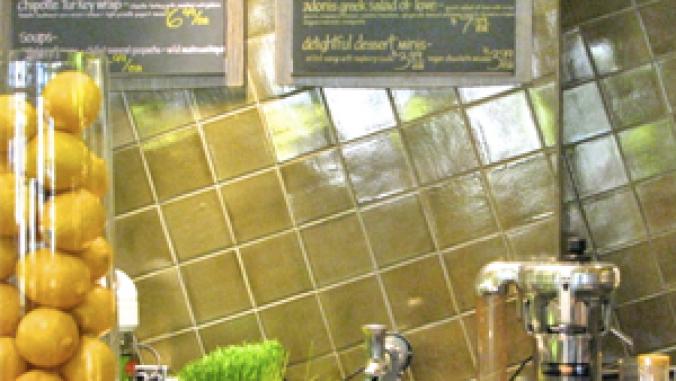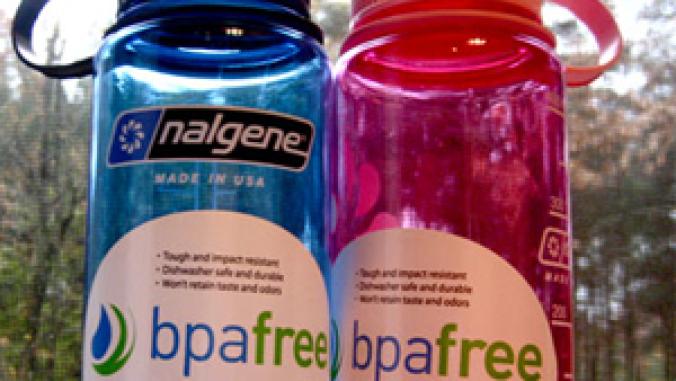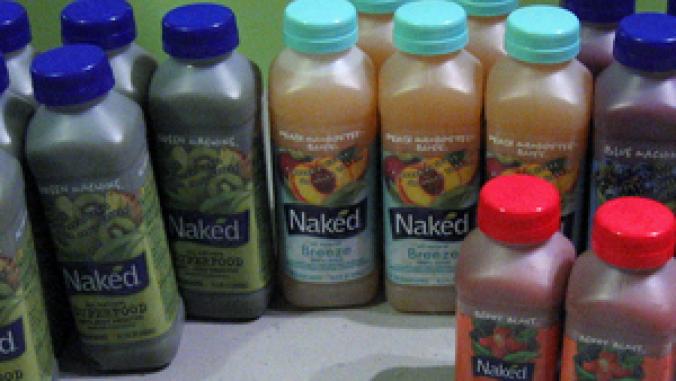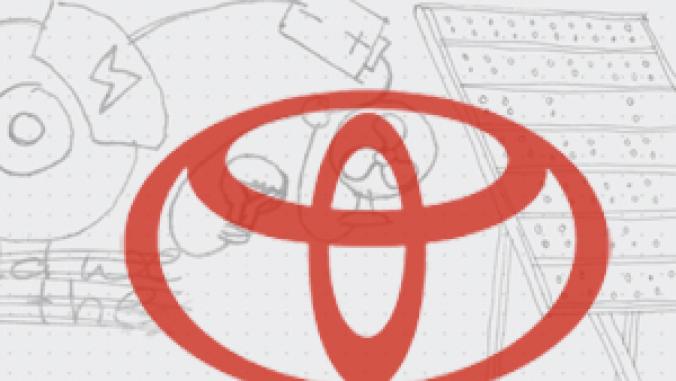Fuel from CO2, Safer Pesticides Earn Green Chemistry Awards
<p>The latest Presidential Green Chemistry Challenge Awards recognize waste-cutting chemical production methods and genetically engineered microorganisms that produce fuels and chemicals.</p>

Chalkboard - CC license by Flickr user Lee Nachtigal
Propylene oxide is one of the most produced chemicals in the world and is a building block for detergents, personal care products, de-icers and plenty of other products. The traditional production of it creates a significant amount of waste, but BASF and Dow Chemical have developed a way to make propylene oxide while creating only one byproduct: water.
For that, BASF and Dow received one of the latest Presidential Green Chemistry Challenge Awards, which recognize green chemistry technologies that use cleaner processes and raw materials while creating safer products and less pollution. Technologies must also show how green chemistry can be technically feasible, marketable and profitable.
Here are the winners for 2010, the 15th year of the awards.
Designing Greener Chemicals Award
Clarke figured out a way to use an environmentally safe pesticide in water to combat mosquito larvae. The company makes Spinosad, which received a Presidential Green Chemistry Challenge Award in 1999, but it is not stable in water.
The company developed a plaster matrix for the pesticide so that it is slowly released into water, and began commercial production of the mosquito larvae pesticide, Natular, last year. Natular is also approved for use in organic farming.
Greener Synthetic Pathways Award
As mentioned above, BASF and Dow Chemical Company developed a new way to make propylene oxide, which has a worldwide demand of 14 billion pounds and is a chemical building block for many industrial and commercial products.
Traditional manufacturing of it creates waste and byproducts, demand for which fluctuates. The new process, which uses hydrogen peroxide to make propylene oxide, produces only water, uses less peroxide, eliminates the need for recycling peroxide, creates 70-80 percent less wastewater and used 35 percent less energy. Production facilities using the new process are also 25 percent cheaper to build since they do not need collection and purification equipment.
Academic Award
James Liao, a board member for Easel Biotechnologies and professor at University of California-Los Angeles, has genetically engineered microorganisms so they can use carbon dioxide (CO2) or glucose to make higher alcohols, which are alcohols with high energy content, but are not produced by naturally occurring microorganisms. The higher alcohols can be used as fuel or as chemical building blocks, and Easel Biotechnologies is commercializing the CO2-to-fuel technology.
The microorganisms Liao engineered produce isobutanol at a higher rate than corn can produce ethanol and algae or cyanobaceria can produce ethanol, hydrogen or lipids.
Small Business Award
LS9 developed genetically modified microorganisms that make specific, final chemical products. Typically, microorganisms are used to make substances that are then purified and converted into chemicals. LS9's technology results in a one-step fermentation process for creating biofuels and renewable chemicals like lubricants, polymers and resins.
One product the technology has produced is UltraClean diesel, which is produced from biomass, creates 85 percent fewer greenhouse gas emissions and does not contain the benzene, sulfur and heavy metals found in petroleum-based diesel. LS9 has already produced UltraClean at a pilot plant, and plans for its Renewable Petroleum facility to start up this year.
Greener Reaction Conditions Awards
Merck & Co. and Codexis developed a new way to manufacture sitagliptin, the active ingredient in the type 2 diabetes treatment Januvia. The new process creates 19 percent less waste, increased yields by 10-13 percent, increases productivity by 56 percent, and eliminates the need for using a metal catalyst.
Chalkboard - CC license by Flickr user Lee Nachtigal




